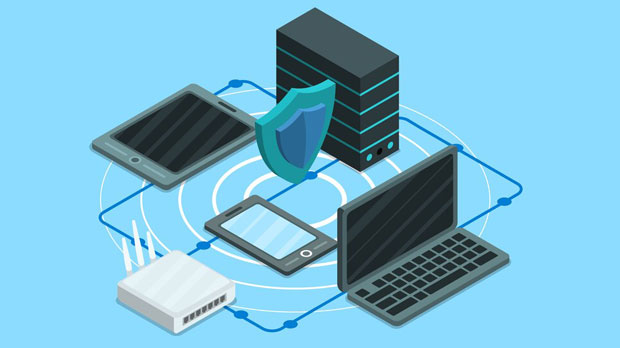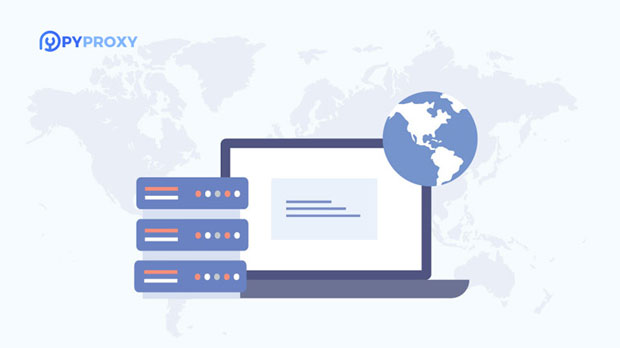When purchasing proxies cheaply, ensuring the reliability and trustworthiness of the service provider is crucial. Many users are tempted by low prices, but it’s essential to evaluate the provider’s reputation, services, and overall quality to avoid problems like slow speeds, security vulnerabilities, and poor customer support. In this article, we will discuss the key factors to consider when assessing the reliability of a cheap proxy provider, helping you make an informed decision. Understanding the Importance of Reliability in Cheap Proxy ServicesProxies are widely used for various purposes, including anonymous browsing, web scraping, and accessing region-restricted content. When looking for a cheap proxy service, price is a significant factor, but reliability should always take precedence. Unreliable proxies can lead to data breaches, slow connections, or even blacklisting, which can negatively impact your online activities or business operations.While cheap proxies may seem like a good deal initially, it’s essential to recognize that "cheap" doesn’t always mean "good." To ensure you get value for your money, understanding how to differentiate between reliable and unreliable proxy service providers is crucial.Key Factors to Evaluate When Buying Cheap Proxies1. Reputation and ReviewsThe first step in assessing a proxy provider's reliability is looking at their reputation. A quick search for customer reviews or feedback can offer valuable insights into the quality of service the provider offers. Look for reviews on independent platforms, forums, or trusted review websites. Beware of overly positive reviews, as some providers may manipulate feedback. Genuine customer experiences, both good and bad, will give you a balanced understanding of the service's reliability.2. Quality of Proxies and PerformanceWhen purchasing proxies, their quality and performance are paramount. Cheap proxies often come with limitations, such as low speed, poor uptime, and inconsistent IP addresses. High-quality proxies should provide fast connection speeds, minimal downtime, and stable IP addresses that work seamlessly for your intended use.Before committing to a provider, check if they offer a free trial or money-back guarantee. This allows you to test the proxies in real-world conditions to see if they meet your expectations regarding speed, stability, and overall performance.3. Security and Privacy ConsiderationsSecurity is one of the most critical aspects when buying proxies, especially if you’re using them for sensitive activities like web scraping or browsing anonymously. A reliable proxy provider should prioritize user privacy and data protection. Check whether the provider has robust security measures in place, such as encrypted connections, strict no-logs policies, and protection against malware or cyberattacks.Avoid providers that do not disclose how they handle user data or that have a questionable privacy policy. If security is compromised, you risk exposing your personal or business data to malicious actors.4. Customer Support and ServiceGood customer support is vital, particularly when you encounter issues with your proxies. A trustworthy proxy provider should offer responsive and helpful customer support through various channels like email, live chat, or phone. Before making a purchase, reach out to the provider with any questions or concerns and evaluate their response time and helpfulness.Providers with poor customer service or unresponsive support are likely to cause frustration when you need assistance. It’s essential to ensure that the service you choose has a reliable support system in place for when things go wrong.5. Transparency of Pricing and TermsTransparency is key when choosing a cheap proxy provider. Ensure that the provider clearly outlines their pricing, payment options, and any additional fees. Some providers may offer very low prices upfront but hide additional charges, such as bandwidth limitations or additional fees for premium features.A trustworthy provider will clearly communicate their pricing structure, service terms, and any limitations associated with the proxies. This transparency helps avoid unexpected costs or service restrictions down the line.6. Proxy Pool Size and AvailabilityThe size of the provider’s proxy pool is another important factor to consider. A large pool of proxies allows for greater flexibility, ensuring that you always have access to fresh and non-blocked IP addresses. Providers with smaller pools may offer a higher risk of IP blocking or rate-limiting.Before purchasing proxies, inquire about the size and diversity of the proxy pool. A reliable provider will offer a range of IP addresses from various regions, providing more options for your needs and reducing the chances of encountering issues with IP bans or blocks.7. Ethical Considerations and LegitimacyLastly, it’s essential to consider the ethical practices of the proxy provider. Some proxy services may use illegal or unethical methods to source their proxies, such as stealing IPs from unsuspecting users or using data-center proxies without consent. This can lead to severe legal and ethical issues, including blacklisting, data breaches, and legal consequences.Ensure that the provider sources proxies from legitimate and ethical channels, and always avoid services that engage in suspicious activities. Ethical providers will clearly state their sourcing methods and take responsibility for ensuring the legitimacy of their proxy services.When looking to buy cheap proxies, evaluating the reliability of the service provider is essential to avoid issues like slow speeds, security risks, or poor customer support. By considering factors like reputation, performance, security, customer support, pricing transparency, proxy pool size, and ethical practices, you can make an informed decision and choose a reliable provider that meets your needs.Ultimately, while cheap proxies can be a good option, reliability should never be compromised. Taking the time to research and evaluate potential providers ensures you get the best value for your investment and avoid potential headaches down the road.
May 20, 2025






















































